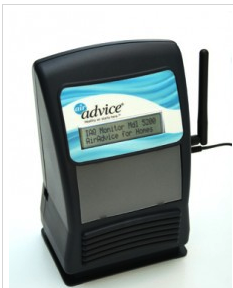Posted by: Francis Koster Published: October 6, 2025
North Carolina Electrical Costs are expected to rise 17% between 2024 and 2026 (October 5, 2025)
|
A Simple Step
The Pollution Detectives, Inc.'s Lending Library
Asthma, Allergies, Infections, Headache, Poor Concentration ...
Illnesses like these may stem from a common source:
Stuffy Air in Your Indoor Environment
If you are like most Americans, 90 percent of your daily activity occurs indoors, where pollutants can be as much as 5 times more concentrated than outdoors. The sources of indoor pollution, such as volatile chemicals, excessive moisture, lead in drinking water, or exposure to radon, can dramatically lower well-being, causing poor school or work performance and absenteeism.
The Pollution Detectives, Inc. lends its experience and equipment to help you manage indoor pollution in your home, school, workplace, or community. Without charge, the 501(c)3 nonprofit provides technical assistance and advanced but simple-to-use air monitors, thermal cameras, lead-in-water meters, refrigerant leak detectors, and radon detectors.
It also offers immediate, practical solutions to fix issues discovered by borrowers--a common occurrence. In 40 percent of over 850 academic locations, for example, indoor air conditions lessened student achievement by at least one letter grade.
If you are interested in borrowing equipment or learning more, please follow a link in our Lending Library ("Highlights ...," below), visit the website, or contact Dr. Francis P. Koster at fkoster@ thepollutiondetectives.org.
Highlights from...
Our Lending Library
Poor indoor air quality can have a surprisingly wide range of health effects, such as asthma and allergies, infectious disease, headaches, fatigue and dizziness. One little-known but especially undesirable health effect comes from a room that feels too “stuffy.” In these conditions, your mental abilities are lessened and learning is slowed.
Breathing clean air indoors isn’t just a comfort—it’s essential to overall well-being. Learn more
